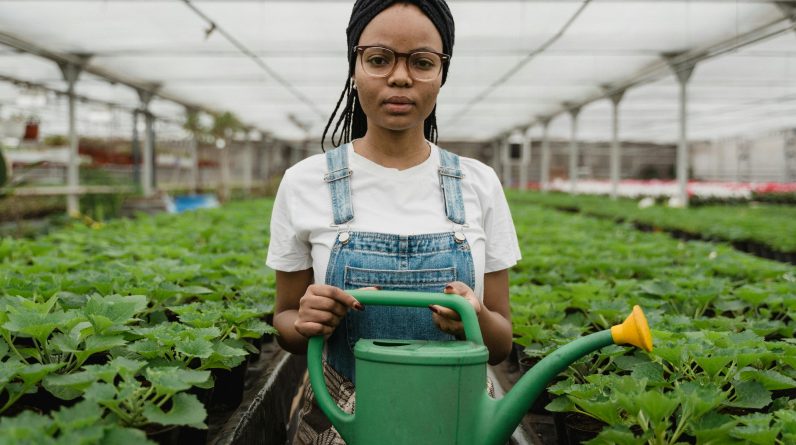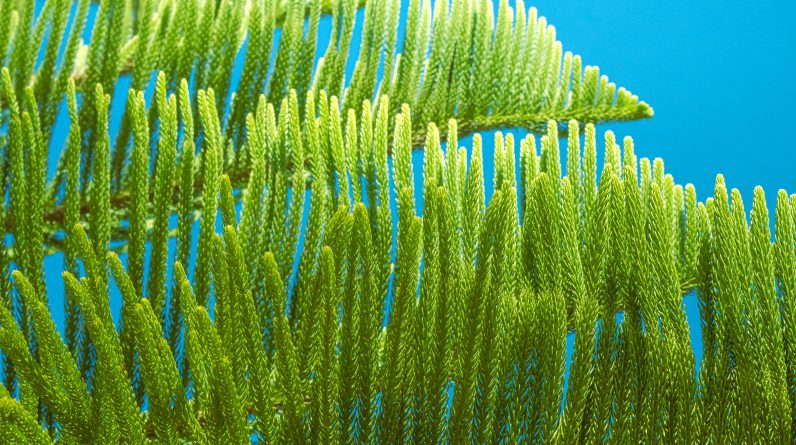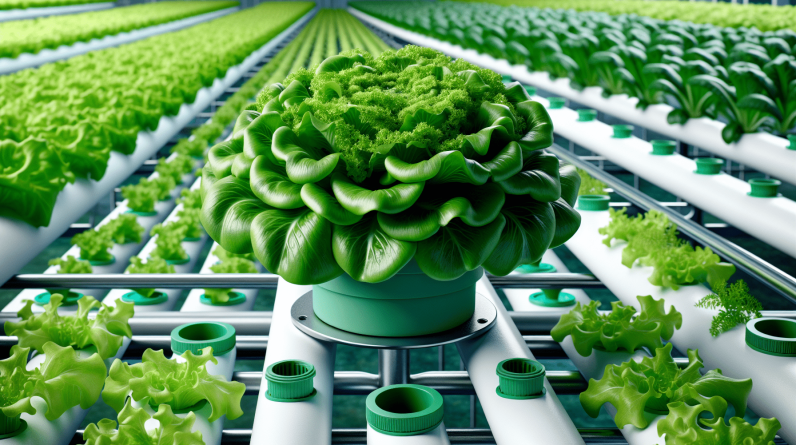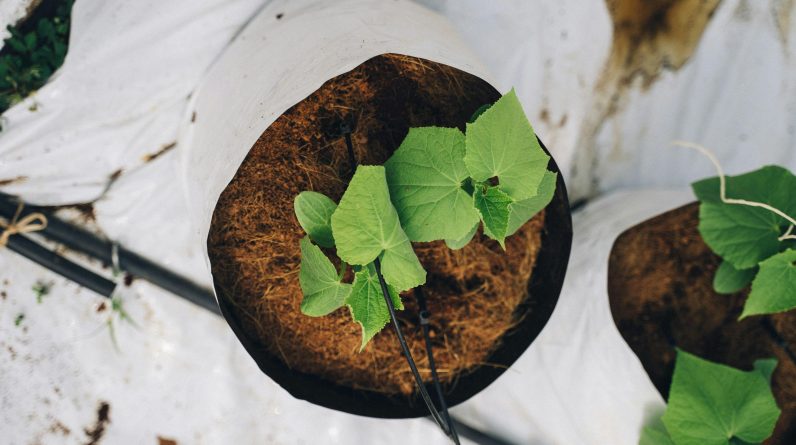
Introduction
Have you ever considered implementing integrated pest management in your hydroponic farming practices? If so, you’re in the right place! Integrated Pest Management (IPM) is a sustainable approach to pest control that focuses on prevention, monitoring, and control to reduce the use of pesticides. This method not only helps protect crops from pests but also reduces the impact on the environment and human health. In this article, you will learn how to effectively implement IPM in your hydroponic farming system to ensure healthy plant growth and a bountiful harvest.
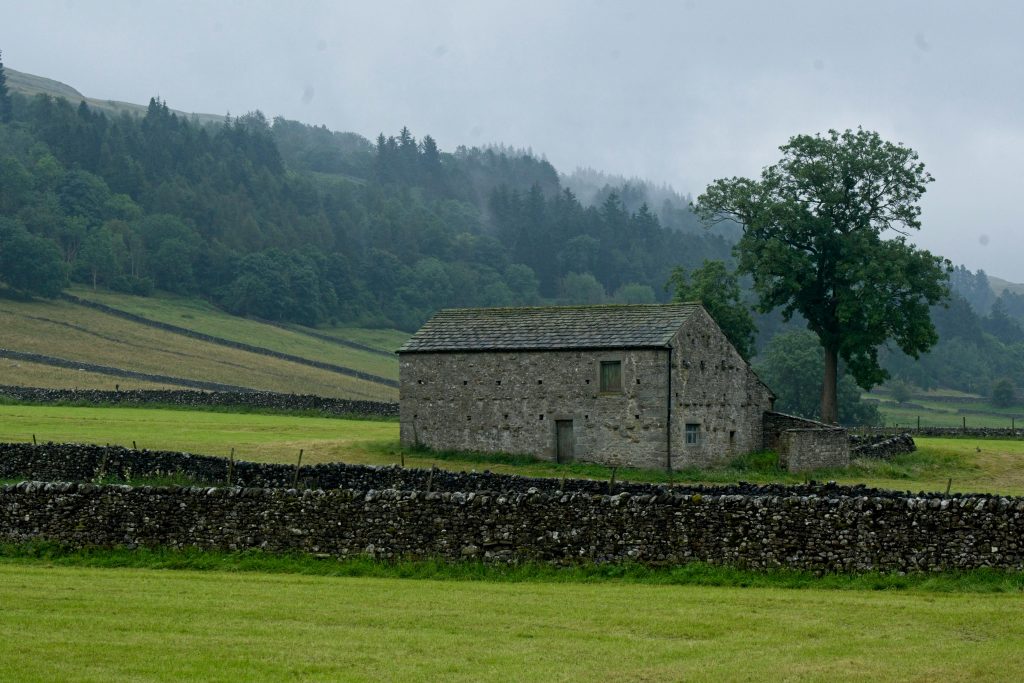
Benefits of Integrated Pest Management in Hydroponic Farming
Implementing Integrated Pest Management in your hydroponic farm comes with numerous benefits. By utilizing this approach, you reduce the reliance on chemical pesticides, which can harm the environment, beneficial insects, and human health. IPM also helps in maintaining a balance between pest populations and their natural predators, ensuring a more sustainable and eco-friendly farming system. Additionally, integrated pest management can save you money in the long run by minimizing the need for costly chemical treatments.
Understanding the Basics of Integrated Pest Management
Before diving into the implementation of IPM in hydroponic farming, it’s crucial to understand the basic principles of this approach. Integrated Pest Management involves the strategic combination of various pest control methods to achieve long-term solutions. These methods include cultural, biological, mechanical, and chemical controls, which, when used together, create a comprehensive pest management strategy. By integrating these methods, you can effectively prevent pest infestations and minimize crop damage without over-relying on pesticides.
Cultural Controls in Integrated Pest Management
Cultural controls are preventive measures that focus on altering the growing environment to discourage pest infestations. In hydroponic farming, cultural controls include practices such as proper sanitation, crop rotation, and regular plant inspections to identify and eliminate pest threats early on. Maintaining optimal growing conditions, such as adequate lighting, humidity levels, and nutrient levels, can also help prevent pest issues. By implementing cultural controls, you can create an inhospitable environment for pests, reducing the need for chemical interventions.
Biological Controls in Integrated Pest Management
Biological controls involve the use of natural predators, parasites, and pathogens to manage pest populations in a sustainable manner. In hydroponic systems, introducing beneficial insects like ladybugs, predatory mites, or parasitic wasps can help keep pest populations in check. These natural enemies target specific pests without harming your plants, making them an effective and eco-friendly pest control solution. Biological controls are a key component of IPM and play a vital role in maintaining a healthy balance in your hydroponic farm ecosystem.

Mechanical Controls in Integrated Pest Management
Mechanical controls rely on physical barriers or devices to prevent pests from accessing your plants. In hydroponic farming, examples of mechanical controls include using insect screens, sticky traps, or row covers to exclude pests from your growing area. Regularly cleaning and maintaining your hydroponic system can also help remove potential pest habitats and breeding grounds. By implementing mechanical controls, you can physically deter pests from infesting your crops, reducing the need for chemical pesticides.
Chemical Controls in Integrated Pest Management
While chemical controls should be used as a last resort in IPM, they can still play a role in managing severe pest infestations. When considering chemical controls in hydroponic farming, opt for selective and low-toxicity pesticides that target specific pests while minimizing harm to beneficial insects and the environment. Always follow label instructions, apply pesticides judiciously, and consider alternative options before resorting to chemical treatments. By using chemical controls responsibly and sparingly, you can effectively manage pest issues without compromising the sustainability of your hydroponic farm.

Implementing Integrated Pest Management in Your Hydroponic Farm
Now that you have a better understanding of the principles and methods of Integrated Pest Management, it’s time to implement this approach in your hydroponic farm. Start by conducting a thorough assessment of your growing environment and identifying potential pest threats. Monitor your plants regularly for signs of pest damage or infestations and take proactive measures to address any issues promptly. Remember to adopt a holistic approach by combining cultural, biological, mechanical, and chemical controls to create a comprehensive pest management strategy.
Monitoring and Prevention Strategies in Integrated Pest Management
Monitoring and prevention are key components of a successful IPM program in hydroponic farming. Set up a monitoring system to regularly inspect your plants for signs of pests, diseases, or nutrient imbalances. Implement preventative measures such as maintaining plant hygiene, proper spacing, and implementing crop rotation to reduce the risk of pest infestations. By staying vigilant and proactive in your pest management efforts, you can detect and address issues early on, preventing them from escalating into larger problems.
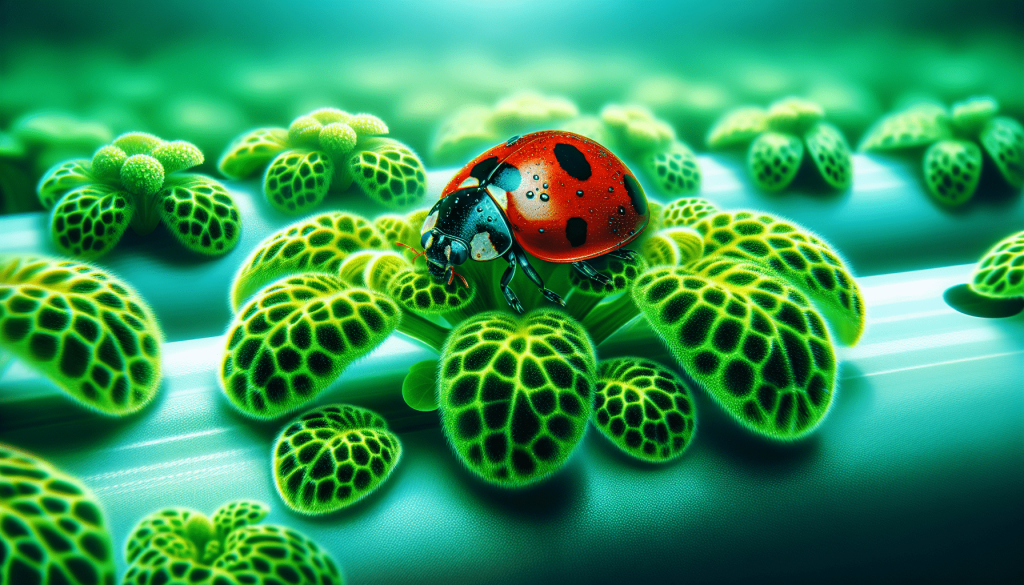
Establishing Pest Thresholds in Integrated Pest Management
Pest thresholds refer to the level of pest infestation at which intervention is necessary to prevent significant crop damage. In hydroponic farming, it’s essential to establish pest thresholds based on the specific pests you’re dealing with and the tolerance levels of your crops. By setting thresholds for each pest species, you can determine the appropriate time to take action before they cause irreversible damage. Monitoring pest populations and adhering to established thresholds will help you make informed decisions and effectively manage pest issues in your hydroponic farm.
Implementing Pest Control Strategies in Integrated Pest Management
Once you’ve identified pest issues and established thresholds, it’s time to implement pest control strategies to manage the infestation effectively. Utilize a combination of cultural, biological, mechanical, and chemical controls based on the severity of the pest problem. Implement cultural practices to prevent pest outbreaks, introduce beneficial insects to control populations, deploy mechanical barriers to exclude pests, and resort to chemical treatments as a last resort. By integrating multiple pest control methods, you can create a sustainable and effective approach to managing pests in your hydroponic farm.

Evaluating the Effectiveness of Integrated Pest Management
Regularly evaluating the effectiveness of your Integrated Pest Management program is critical to identifying areas for improvement and making necessary adjustments. Keep detailed records of pest populations, control measures implemented, and their outcomes to track changes over time. Monitor plant health, growth rates, and yield data to assess the impact of pest management strategies on your crops. By analyzing this information, you can fine-tune your pest control efforts, optimize your IPM program, and ensure the long-term success of your hydroponic farm.
Conclusion
In conclusion, implementing Integrated Pest Management in hydroponic farming is a sustainable and effective way to manage pests while minimizing the use of chemical pesticides. By integrating cultural, biological, mechanical, and chemical controls, you can create a comprehensive pest management strategy tailored to your farm’s specific needs. Remember to monitor your plants regularly, establish pest thresholds, and implement proactive pest control measures to prevent infestations and protect your crops. With careful planning and a holistic approach to pest management, you can ensure healthy plant growth and a successful harvest in your hydroponic farm.





